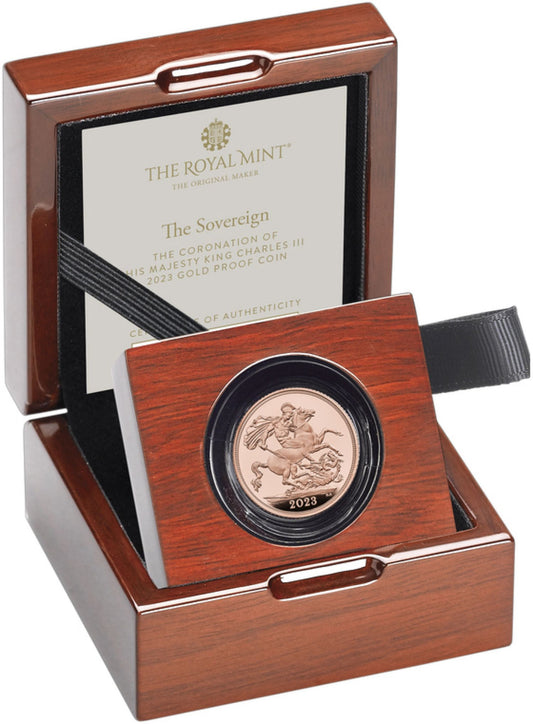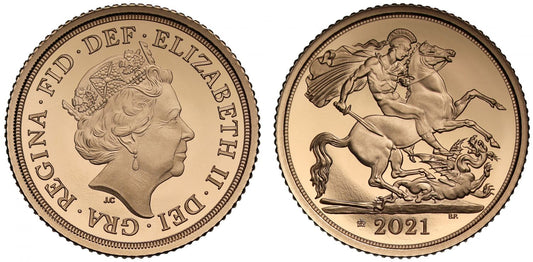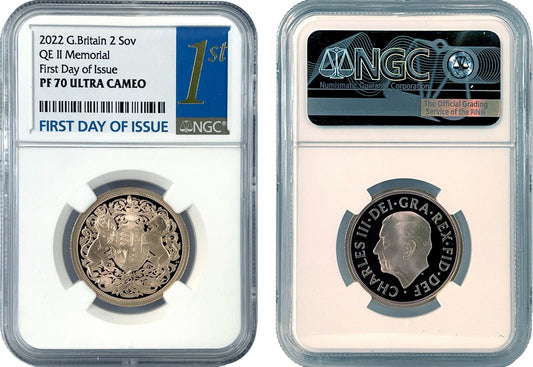FAQs
What makes a coin valuable?
I have coins to sell, what’s the next step?
How will my purchases be shipped?
What happens if I’m not entirely happy with my purchase?
Edward VII 1902 13-coin matt proof Set PF58-63
Edward VII (1901-10), long gold and silver matt proof Set, 1902, Coronation year, gold Five Pounds, Two Pounds, Sovereign and Half Sovereign, silver Crown, Halfcrown, Florin, Shilling, Sixpence and Maundy Set, all housed in original Royal Mint case with gold block crest and lettering (S.PS9). All toned, graded and slabbed by NGC as footnote below.
Five Pounds as PF58 Matte, NGC certification 2066707-004.
Two Pounds as PF61 Matte, NGC certification 2066707-003.
Sovereign as PF61 Matte, NGC certification 2066707-002.
Half-Sovereign as PF62 Matte, NGC certification 2066707-001.
Crown as PF62 Matte, NGC certification 2717290-009.
Halfcrown as PF63 Matte, NGC certification 2717290-008.
Florin as PF61 Matte, NGC certification 2717290-007.
Shilling as PF62 Matte, NGC certification 2717290-006.
Sixpence as PF62 Matte, NGC certification 2717290-005.
Maundy Groat as PF62 Matte, NGC certification 2717290-004.
Maundy Threepence as MS65 (note matt), NGC certification 2717290-003.
Maundy Twopence as PF62 Matte, NGC certification 2717290-002.
Maundy Penny as PF62 Matte, NGC certification 2717290-001.
The Edward VII (1901-10),Matt Proof long set is comprised of four gold and nine silver coins issued in 1902, the year of the Kings Coronation. The obverse is designed by George William de Saulles (1862-1903), below the truncation the initials DeS are struck to indicate this, a simple yet imposing depiction of the King, well-proportioned and incredibly lifelike. The Latin legends translates on obverse as "Edward the Seventh by the Grace of God, King of all the Britains, Defender of the Faith, Emperor of India." De Saulles engraved and designed the South Africa medal, the national lifeboat and the Transport service medals. He was also responsible for the British trade dollar and other colonial coins, impressively he made the last great seal for Queen Victoria in 1899. The reverses on the Gold coins all boast the Benedetto Pistrucci depiction of St George and the dragon as does the Silver Crown, the other Silver pieces have separate designs, with the Florin donning one of the most iconic and striking renditions of a standing Britannia on a ships bow; a proverbial nod to Britain's historical maritime prowess. These long sets follow a traditional Royal mint set formula, commencing with the largest denomination a gold Five Pounds, followed by a Two Pounds, a Sovereign and a Half-Sovereign. The Silver coins also follow the denomination representation system of a Crown, Halfcrown, Florin, Shilling, Sixpence with a complete Maundy Set. Housed in original Royal Mint red case with gold block crest and lettering, beige silk inlay and purple velvet cushioning (S.PS9).
These "long gold" proof sets were produced to celebrate the Coronation of King Edward VII on the 9th August 1902 (having been postponed from 26th June due to the King's appendicitis), with a mintage of 8,066 sets. We note an advertisement for these long sets for sale dating to April 1903 for £11 a set, with the Five Pounds for £5 and 10 shillings and the Two Pounds for £2 and 5 Shillings. This year is the only time a matt finish set has been produced thus far for a Coronation set of coins and was in vogue for medallions at that time. Engraver and designer George William De Saulles who sadly died aged 41 the year after these sets were issued, was a firm advocate for the matt finish having earlier produced Queen Victoria's Diamond Jubilee Royal Mint medallions dated 1897 in the same format.
These classic sets, now over one hundred and twenty years old are excellent keepsakes of the Edwardian numismatic and broader historic period, Edward VII may have had a relatively brief reign, however through his decade in power several significant events and or developments took place both domestically and on the international stage. The second Boer War, the Suffragette movement was still in full flow and the first flight took place in America via the hands of the Wright brothers in 1903, to name a few. The Edwardian era not only marked the end of Victoriana but also acted as an intermediary ushering in the new Century, these handsome and undeniably stately sets embody and epitomise the above.
A Royal Proclamation on the 10th December 1901 was given for the new coinage at the court of St James's. The Royal mint annual report 1903 volume 34 outlines that a considerably large figure of £102,477, 17s 6d was generated 'cash received' from a combination of the sale of 8,066 long sets and 7057 short (eleven coin sets: Sovereign down to Maundy) sets. The figures show how popular they were at the time.
Biographical note on George William De Saulles (1862-1903), of 31 Fairfax Road, Bedford, London. A recognised engraver and medallist, apprenticed with a Birmingham die sinker moving to London in 1884 working under John Pinches in Haymarket at the time. In 1888 returning back to Birmingham to work for the medallist Joseph Moore. Later employed and appointed by the Royal mint in 1892, succeeded by Leonard Wyon (the eldest son of William Wyon).
This year is the only time a matt finish set has been produced thus far for a Coronation.
FAQs
What makes a coin valuable?
I have coins to sell, what’s the next step?
How will my purchases be shipped?
What happens if I’m not entirely happy with my purchase?













